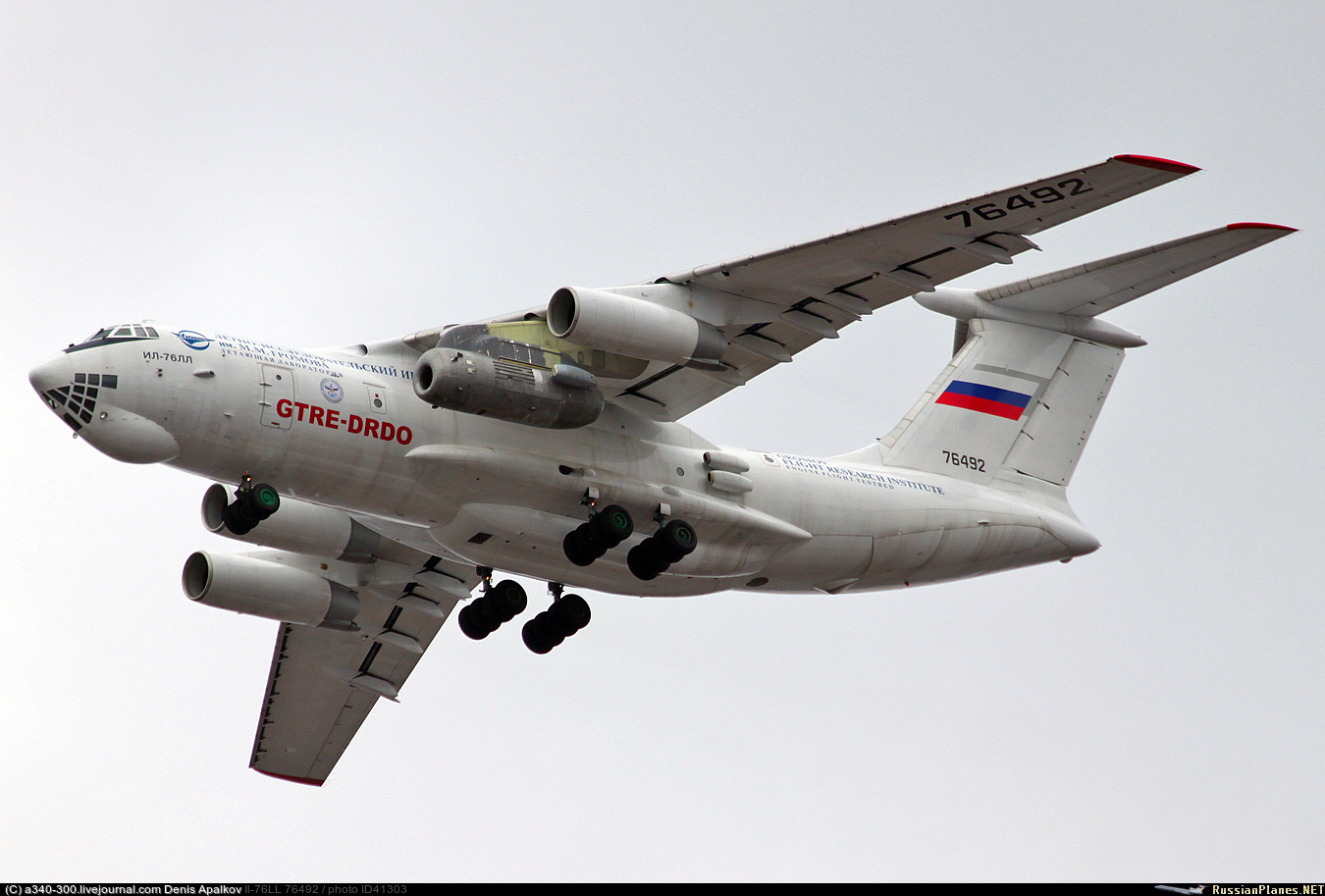Designers insist Tejas will belie all sceptical questioning
With the Tejas Light Combat Aircraft (LCA) entering service with Indian Air Force squadrons, the designers of this indigenous fighter have explained why they believe this will be the world’s premier light fighter.
The Tejas Mark II, which will be developed by 2014 and roll off production lines by 2018, will perform 40 per cent better than the current fighter. After which would come
the ultra-modern Advanced Medium Combat Aircraft, the AMCA, which the Defence Research and Development Organisation (DRDO) says will be a “fifth-generation plus” fighter, more formidable than anything flying today.
In an exclusive interview with Business Standard, P Subramanyam, the director of the Aeronautical Development Agency (ADA), which is developing the LCA and the AMCA, responded to IAF criticism that the Tejas was not yet a world-class fighter.
He pointed out that the Tejas Mark I, still being flight-tested, had been flown to just 85 per cent of its full capability. The Tejas Mark II --- in which a more powerful GE-414 engine will replace the current GE-404 engine --- would perform another 15 per cent better.
“The Tejas Mark I will expand its performance envelope to its full capability by end-2012. And a major performance boost will come from the Tejas Mark II’s new GE-414 engine, which we have signed a US $700 million (Rs 3,135 crore) contract to build here in India.
The Mark II will outperform the Mark I by about 15 per cent in the key aspects of take-off run, rate of climb, acceleration, and turn rate. Most of this would come from the higher thrust of the GE-414 engine. Another 2-3 per cent benefit would come from better aerodynamics… since we will re-engineer the fighter to accommodate the new engine. That overall 35-40 per cent improvement would make the LCA the world’s premier light fighter,” says Subramanyam.
The Tejas Mark I is scheduled to obtain Final Operational Clearance by end-2012. A fighter is granted FOC when ready for combat missions, with all its weapons and sensors fitted, integrated and tested. The IAF worries that the Tejas, already long delayed, might not obtain its FOC on schedule.
Meanwhile, ADA designers are working on the Tejas Mk 2, which Subramanyam says will fly by 2014, enter production by 2016, and obtain FOC by 2018. “Besides re-designing the airframe to accommodate the GE-414 engine, ADA will also grab the opportunity to upgrade key electronics --- especially the flight control computer and some avionics --- so that the Tejas Mark II is a cutting-edge fighter when it enters service”, explains the ADA chief.
“No fancy plan”
Brushing aside apprehension of further delay of the kind that has dogged the Tejas programme, Subramanyam insists, “Our design timeline is realistic.
The main sub-systems of the Tejas Mark II will remain unchanged except for electronics components. So the Mark II will not need extensive flight-testing because most of its sub-systems will have already been test-flown on the Mark I.”
ADA designers also say that the “maintainability” of the Tejas has already been established. This key attribute relates to how quickly and easily technicians can service and repair the fighter and, therefore, how quickly it can get out of the hangar and into combat. Out of 200 “requests for action” --- which are suggestions from IAF pilots and technicians for design changes that would ease maintenance --- most have already been implemented. Just 12-15 remain for implementing in the Tejas Mark II.
The Tejas programme will provide the springboard for the ADA’s next project, which will be a more heavily armed and capable fighter. Even as Hindustan Aeronautics Ltd and Russian aerospace giant, Sukhoi, jointly develop the Fifth Generation Fighter Aircraft (FGFA), ADA will go it alone in developing an Advanced Medium Combat Aircraft.
The DRDO’s R&D chief, Prahlada, has told Business Standard that the AMCA will have features more advanced than current fifth-generation fighters. That means that the AMCA will be technologically ahead of the FGFA when it enters service at the end of this decade.
Asked whether that might be over-ambitious, Prahlada, retorts, “When we had begun the LCA programme, people asked the same question. They thought we would not be able to build a fighter with composite materials, and with an unstable aerodynamic configuration. The Tejas has proved them wrong. Today we say we will build a fighter that is better than Gen-5. And the sceptics will be proven wrong again.” (Hell yeah

)
As Business Standard earlier reported, Rs 10,397 crore have been sanctioned for developing the Tejas Mk 2 for the IAF; and another Rs 3,650 crore for the naval Tejas, which would operate off aircraft carriers. Subramanyam points out that this total expenditure of Rs 14,047 crore would be amortised over 200 Tejas fighters, at about Rs 70 crore per aircraft. This projected order includes two squadrons (40 fighters) of LCA Mk 1 that the IAF has already ordered; and an expected 5 squadrons (100 fighters) of LCA Mk 2; and another 2-3 squadrons (40-60 fighters) for the navy.
In addition, the manufacturing cost of the IAF Tejas is projected at Rs 180-200 crore and that of the naval version at Rs 190-210 crore.
